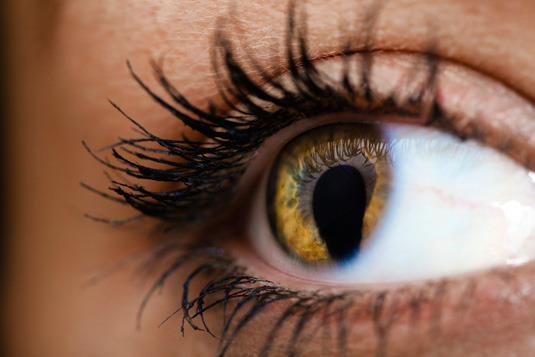Common Eye Disorders (Congenital)

There are many things that contribute to keeping your eyes healthy such as diet, protecting them from the sun’s harmful rays and having regular eye exams. However, there are some vision problems that we have little or no way of preventing that are congenital disorders. Dr Alex Wilson & Associates will discuss these ways below.

Astigmatism refers to a type of distorted vision caused by a defect in the cornea or lens of the eye. Most people with an astigmatism can see objects directly in front of them clearly, but the peripheral visions, perhaps above or below or to the right or left side or diagonally is defective. Usually prescription eyeglasses corrects the problem and most are born with the tendency, but it can be caused by accident or injury. The later type is harder to correct, early treatment is crucial, children in particular may be at risk of permanent defective vision if it isn’t corrected early.
Myopia or nearsightedness means you can see better up close, than you can see far away and occurs because the eye is larger than average. What happens when the eye is larger than average is any light focused in the eye lands in front of the retina rather than on the retina. Corrective lenses, either eye glasses or contacts can correct the problem and some people opt for laser refractive surgery and no longer have to use corrective lenses.
It naturally follows that hyperopia or farsightedness means you can see better at a distance than you can see close up. Hyperopia happens when the eye is smaller than average and any light focused in the eye lands behind the retina rather than on the retina. For those individuals with a higher amount of hyperopia the result is the inability to see well either close up or when looking at anything in the distance. Prescription eyeglasses or contact lenses can correct a person’s vision with many choosing laser refractive surgery instead.
Cataracts can be congenital or occur later in life in which case age is the biggest factor along with others that contribute to this disorder. An expectant mother who contracts German Measles during pregnancy can give birth to a baby with cataracts and it can occur in young people. Cataracts cause clouding of the lens of the eye that results in obscured vision, people with this defect see their environment as if they were looking through a waterfall. Other symptoms of this condition include a sensitivity to light or glare, fading or yellowing of colors, poor night vision and a noticeable halo around the cornea. Injury to the lens, prolonged use of corticosteroids and the high doses of radiation through x rays may also trigger the condition.
These are the more common congenital defects of the eye, regular visits to your Calgary Optometrist should be part of an overall plan to remain healthy.
